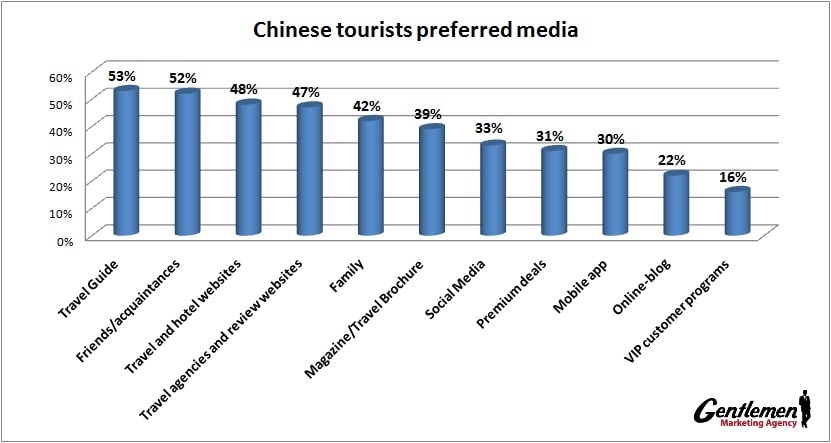Guest POst provided By Beijing Governement
http://cityofbeijing.gov.cn/2011-09/01/content_13599254.htm
Jiūjié – 纠结 – is a popular expression commonly used by Chinese netizens. It means to be in a tangle or facing a dilemma. Here's an example of how to use it:
Peter says: Harry, nǐ bù chī dōngxi zài xiǎng shénme ne?
Harry,你不吃东西在想什么呢?
Harry, you're not eating. What's on your mind?Harry says: Jiūjié ne.
纠结 呢 。
I'm facing a dilemma.Peter says: Jiūjié shénme? Shuō lái tīngting.
纠结什么? 说来听听。
What dilemma? Tell me about it.Harry says: Wǒ zuìjìn xiǎng huàn gōngzuò, suǒyǐ tóu le jǐ fèn jiǎnlì, érqiě zhèjǐtiān qù le jǐ gègōngsī miànshì.
我最近想换工作,所以投了几份简历,而且这几天去了几个公司面试。
Recently, I've been trying to find another job, so I sent a few resume and went to a couple of interviews.Dàn xiànzài wǒ bèi liǎng gè gōngsī tóngshí lùyòngle, wǒ bù zhīdào xuǎn něi gè cái hǎo.
但现在我被两个公司同时录用了。我不知道选哪个才好。
Now I've been selected by two companies at the same time. I don't know which one to choose.Peter says: Wèishénme?
为什么?
Why?Harry says: Yí gè xīnshuǐ dàiyù dōu bú cuò, dànshì děi chángcháng chūchāi.
一 个薪水待遇都不错,但是得常常出差。
One has a good salary and benefits, but I'd often have business trips.Lìngyí gè shì gāng chénglì de xiǎo gōng sī, bùguò qiánjǐng bú cuò 。
另一个是刚成立的小公司,不过前景不错。
The other one is a company that has just been established, but the prospects are not bad.Peter says: Qù dìyī ge.
去第一个。
Choose the first one.Harry says: Wǒ xiǎng guò, kě shuōshíhuà, nà fèn gōngzuò méiyǒu shénme fāzhǎn kōngjiān, érqiě wǒ yě bù xiǎng zǒngshì chūchāi.
我想过,可说实话,那份工作没有什么发展空间,而且我也不想总是出差。
I thought about it, but to be honest with this position there won't be any development opportunities. Besides I also don't want to be on business trips all the time.Peter says: Nà jiù qù xiǎo gōngsī.
那 就 去小公司。
So choose the small company.Harry says: Wǒ tǐng xǐhuān nàr de gōngzuò de, shìhé wǒ, hěn yǒu tiǎozhàn. Dànshì xīnshuǐ tài shǎo le.
我挺喜欢那儿的工作的,适合我,很有挑战。但是薪水太少了。
I really like the job; it suits me and is very challenging. However, the salary is too low.Peter says: Aiyō, nǐ zěmne zhème jiūjié a. Nǐ hǎohāo kǎo lǜ yíxià ba.
哎哟,你怎么这么纠结!你好好考虑一下吧。

